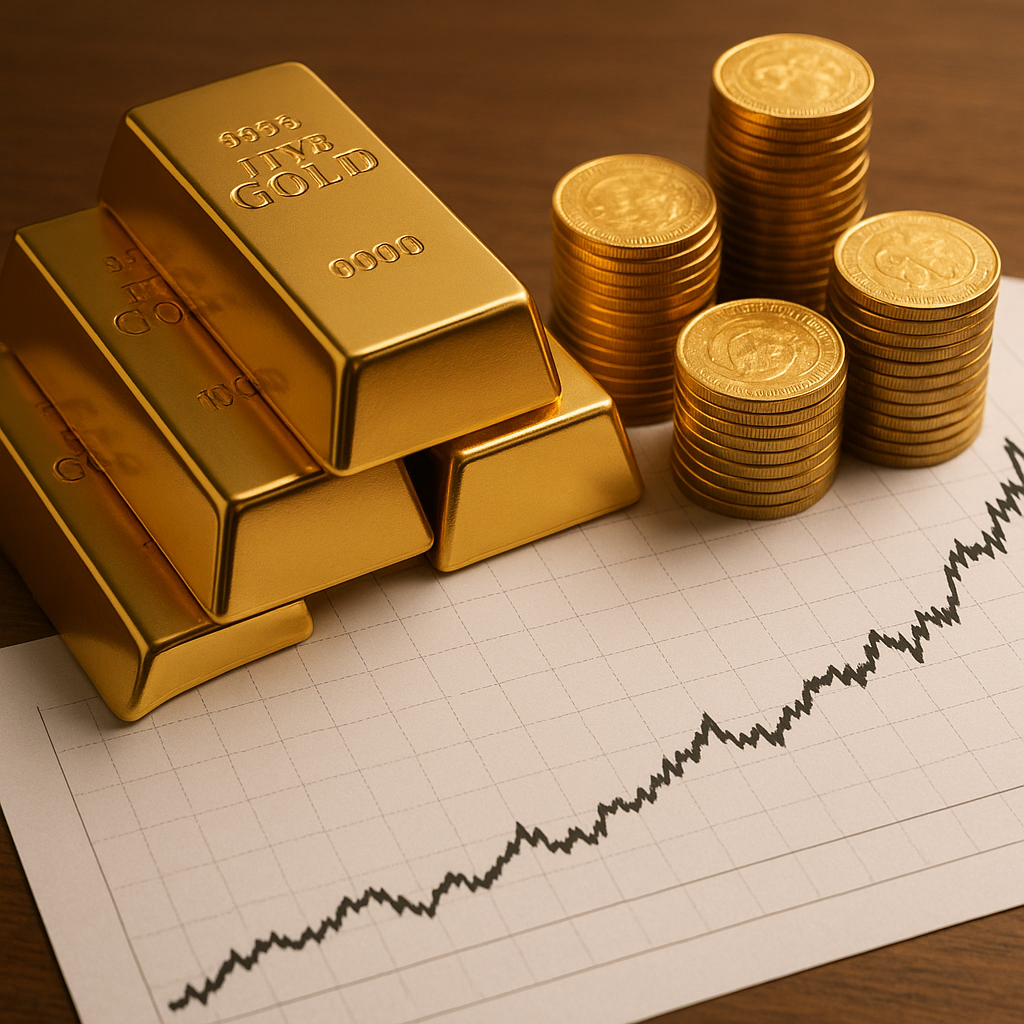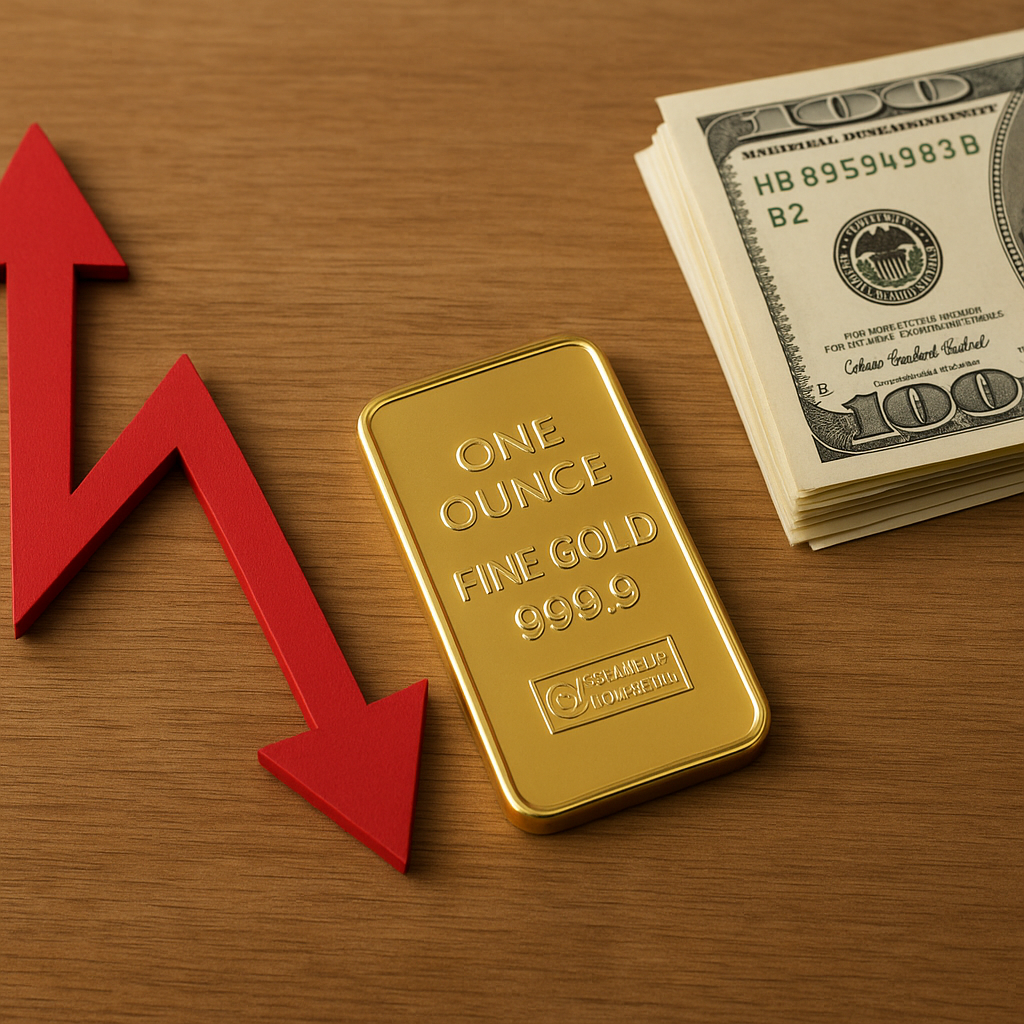The global gold market is a dynamic and complex entity, influenced by a myriad of factors ranging from geopolitical tensions to economic indicators. Understanding the weekly price movements of gold requires a comprehensive analysis of these factors and their interplay. This article delves into the intricacies of the gold market, providing an in-depth examination of the recent trends and the underlying causes of price fluctuations.
Factors Influencing Gold Prices
Gold prices are subject to a variety of influences, each contributing to the overall market dynamics. One of the primary factors is the strength of the US dollar. Since gold is priced in dollars, a stronger dollar makes gold more expensive for holders of other currencies, often leading to a decrease in demand. Conversely, a weaker dollar can make gold more attractive, driving up prices.
Another significant factor is interest rates. Generally, when interest rates rise, the opportunity cost of holding non-yielding assets like gold increases, which can lead to a decline in gold prices. Conversely, lower interest rates can enhance the appeal of gold as an investment, as the opportunity cost of holding gold decreases.
Geopolitical tensions and economic uncertainties also play a crucial role in gold price movements. During times of political instability or economic downturns, investors often flock to gold as a safe-haven asset, driving up its price. This behavior is rooted in gold’s historical role as a store of value and a hedge against inflation and currency devaluation.
Recent Trends in Gold Prices
In recent weeks, the gold market has experienced notable fluctuations, driven by a combination of the aforementioned factors. For instance, the ongoing trade tensions between major economies have created an environment of uncertainty, prompting investors to seek refuge in gold. This has resulted in upward pressure on gold prices.
Additionally, central bank policies have had a significant impact on the gold market. With several central banks adopting dovish stances and implementing measures to stimulate their economies, interest rates have remained low, further supporting gold prices. The anticipation of future monetary policy decisions continues to be a key driver of market sentiment and price movements.
Moreover, the global economic outlook has been a critical factor in shaping gold price trends. Concerns over slowing economic growth, particularly in major economies, have heightened the appeal of gold as a defensive asset. This has been reflected in the increased demand for gold, contributing to its price appreciation.
Technical Analysis of Gold Price Movements
Technical analysis is an essential tool for understanding gold price movements. By examining historical price data and identifying patterns, analysts can make informed predictions about future price trends. Key technical indicators such as moving averages, relative strength index (RSI), and Fibonacci retracement levels are commonly used to assess the market’s direction.
In recent weeks, technical analysis has revealed several important patterns in the gold market. For instance, the formation of a bullish flag pattern has indicated potential upward momentum, suggesting that prices may continue to rise. Additionally, the RSI has provided insights into overbought or oversold conditions, helping traders make strategic decisions.
Furthermore, the analysis of support and resistance levels has been crucial in understanding price movements. These levels represent psychological barriers where buying or selling pressure tends to increase, influencing the market’s direction. By identifying these levels, traders can better anticipate potential price reversals or breakouts.
Conclusion
The gold market is a complex and multifaceted entity, influenced by a wide range of factors. Understanding the weekly price movements of gold requires a comprehensive analysis of these factors and their interplay. By examining the recent trends and employing technical analysis, investors and traders can gain valuable insights into the market’s dynamics and make informed decisions.
As the global economic landscape continues to evolve, the gold market will remain a critical area of focus for investors seeking to navigate the uncertainties and capitalize on opportunities. By staying informed and adapting to changing conditions, market participants can effectively manage their exposure to gold and optimize their investment strategies.












